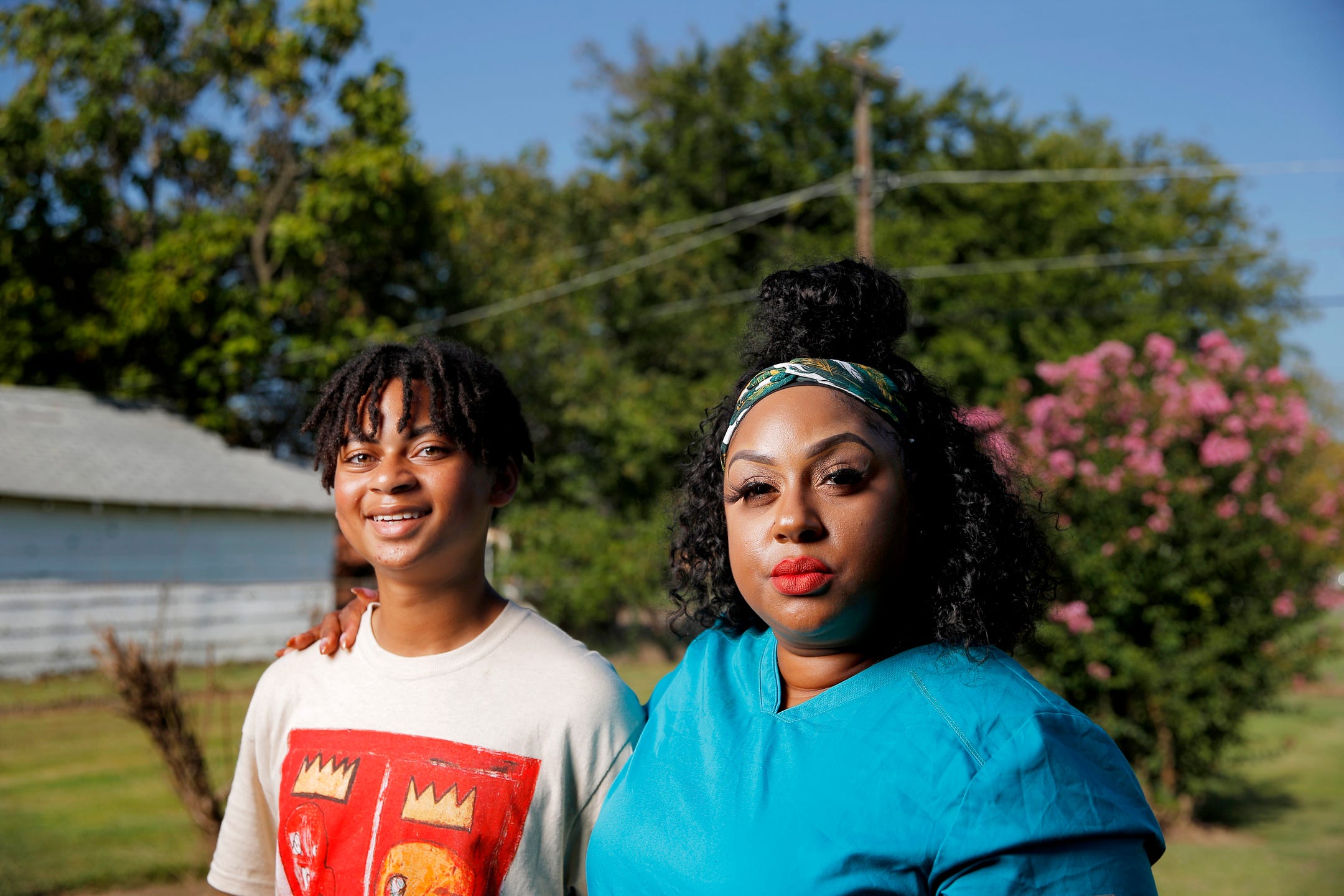
Talasheia Dedmon with her son Braylon Jr., 14, at their home in Muskogee, Okla. Braylon Jr. has a 529 college savings account through SEED for Oklahoma Kids. Bryan Terry / The Oklahoman
This story was republished on Jan. 5, 2022 to make it free for all readers
Talasheia Dedmon only vaguely remembers the woman who visited her hospital bed after she gave birth and mentioned a new study on kids and college.
.jpg)
But she vividly recalls opening a package that arrived in the mail a few years later.
Inside, she found a dollar bill and shirt for her son with “Future College Student” printed on it. She unfolded a document that looked like a bank statement. It listed a balance of just over $1,000 in the account.
“Somebody is actually giving him money,” she remembers thinking.
Dedmon’s son, Braylon, had been randomly chosen in 2007 to participate in a long-term study in Oklahoma examining the effects opening newborn savings accounts have on educational attainment and family well-being.
The idea is similar to baby bonds — a nest egg that grows with a child — but in this case, the money is earmarked for education in a college savings account known as a 529 plan.
The results are impressive. Families in the study who received an account with an $1,000 initial deposit have more than three times the amount saved for college in Oklahoma's 529 plan than their peers.
Survey data and in-depth interviews with families showed the program had changed the aspirations and attitudes of the kids and their mothers, raising their educational expectations and lowering rates of maternal depression.
The findings are part of a broad series of studies from researchers at Washington University in St. Louis, who designed the SEED for Oklahoma Kids experiment, and other universities.
One study found that among children who expect to go to college, those with a savings account are six times more likely to attend than those without one. Having a savings account was a better predictor of whether a child with those expectations would attend college than race or parents’ net worth, the study showed.
The fact that children had an account mattered more than how much was in it. Another study found that low- and moderate-income children with college savings of less than $500 are three times more likely to pursue college and four times more likely to graduate.
Lawmakers and philanthropists have cited this research when creating programs with bipartisan support in other states, including Maine, Pennsylvania, Nebraska, California, Rhode Island, Nevada and Illinois.
Some states open the accounts, others also provide an initial deposit funded by philanthropists, foundations or unclaimed state property funds. A few offer incentives or extra payments to low-income families.
Wisconsin does not have a statewide program with automatic enrollment and deposits, even though residents, especially children, could benefit greatly.
Educators and policymakers in rural and urban areas view the idea as a strong investment for individual families and communities as a whole, particularly as the coronavirus pandemic has disrupted education at all levels.
Such a program could retain talent, help narrow the state’s racial wealth gap and financially prepare children for college in a state where residents have more than $24 billion in outstanding student loan debt.
Yet no proposal has been seriously considered by lawmakers of either party.
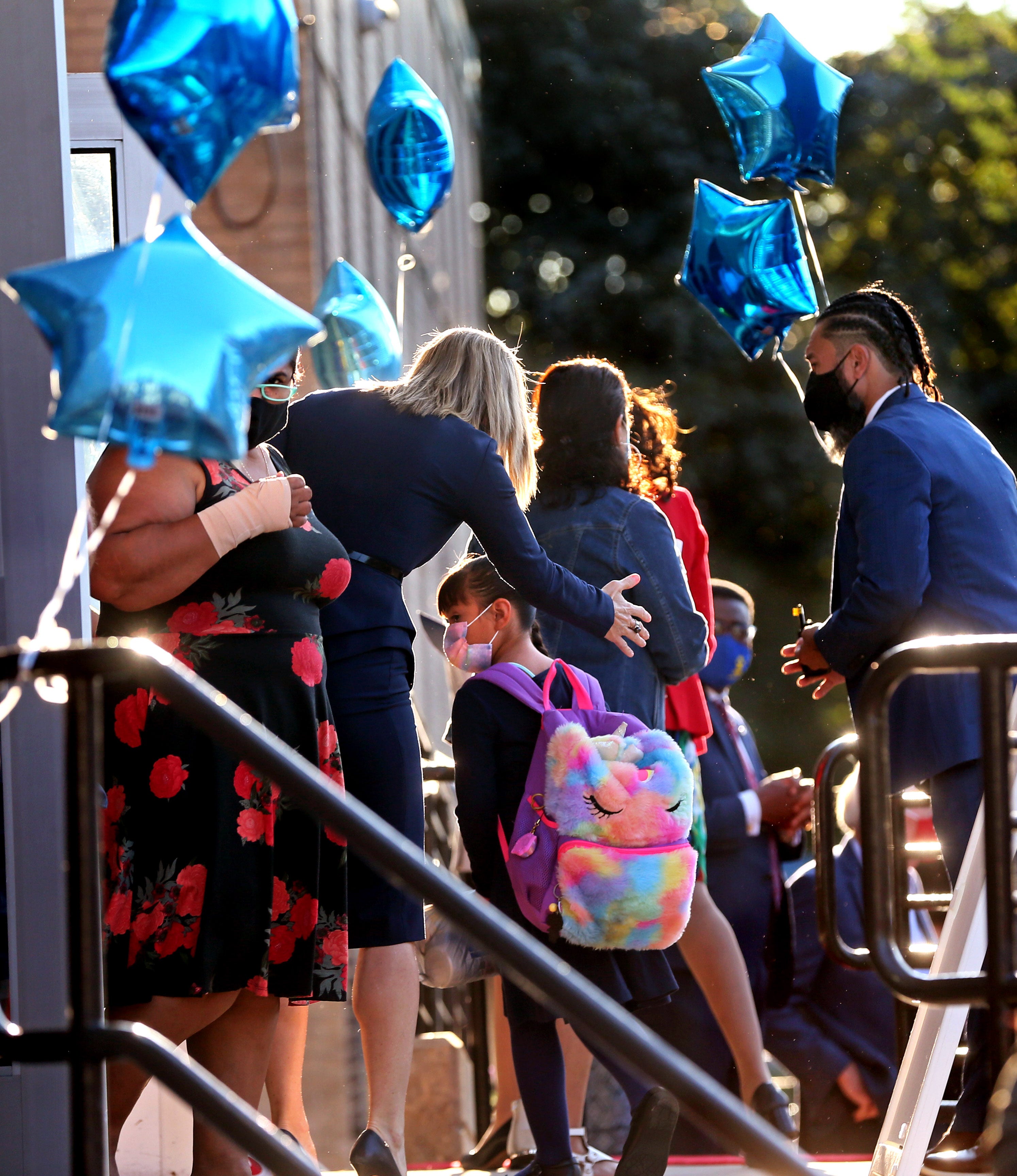
William Elliott has studied children's savings accounts for years, drawing on his personal experiences of growing up poor with periods of homelessness.
“When you’re worried about how do you eat and how do you live, you’ll think short term,” said Elliott, a University of Michigan professor who co-authored the book “Making Education Work for the Poor.”
Without money set aside for future purchases, it’s hard for families to imagine possibilities.
“You can’t begin constructing your future,” Elliott said.

What is a 529 college savings account?
Almost anyone can open a 529 savings account. Most people don’t.
Surveys have found up to two-thirds of Americans do not even know what the accounts are.
The accounts, named for the tax code section that governs them, are similar to 401(k) retirement plans. Someone opens an account for a child and deposits money. Contributions are invested and the account usually generates more money, which then grows tax-free. The growth typically is much higher than traditional savings accounts, which have very low interest rates.
Lawmakers added the accounts to the internal revenue code in 1996. Every state but Wyoming operates a 529 platform. Some 529 plans can be opened with as little as $25 but most often are used by wealthy families.
Lower-income people “can’t learn about them at the bank or payday loan center," Elliott said. “Their friend is not telling them about it.”
The 529 funds can be used for tuition, housing, books and other supplies at universities, colleges, technical schools and vocational programs. If a child doesn't use the money, it can be transferred to a sibling, parent or other relative for further education. The funds can be withdrawn for other uses, but in those cases, account owners have to pay taxes on the earned money.
Many students and their families understandably are wary of taking on substantial debt for higher education. The debt burden also does not fall equally on all students. On average, Black college graduates owe an average of $25,000 more in student loan debt than their white peers.
The 529 savings accounts can better prepare all families for the cost of higher education, said Tim Allen, Oklahoma's deputy treasurer for communications and program management.
“Save this money, give yourself a long horizon and build up these funds so your children have the opportunity to get education after high school and have greater odds of being successful in life," he said.
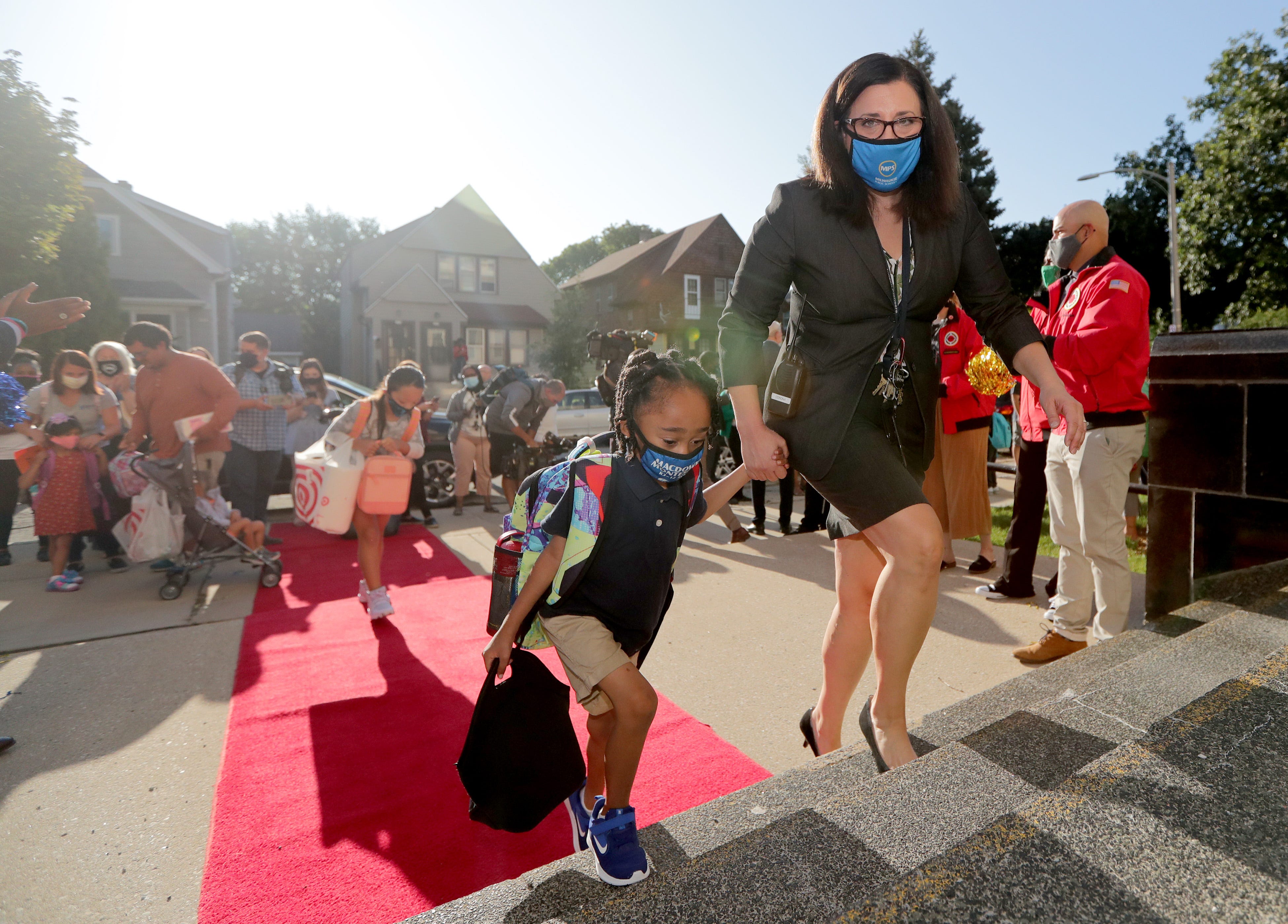

Preparing Wisconsin’s kids for a changing economy
The future of Wisconsin's children matters to the whole state, not just individual families.
The state economy is changing and so are its workforce needs.
A 2019 report from Forward Analytics, the research division of the Wisconsin Counties Association, found jobs requiring an associate’s or bachelor’s degree grew at twice the rate of jobs needing a high school diploma.
The same year, a Wisconsin Policy Forum report documented a statewide shift to occupations with higher pay — good news — but cautioned that those jobs required more education and training, something lagging in the state.
“We know just having a high school diploma increases your lifetime earnings, and we know it goes up as you add an associate’s degree, a bachelor’s degree and a master’s degree,” said John Hill, director of college and career readiness at Milwaukee Public Schools.
More: Wisconsin cities look to basic income to close racial, other wealth gaps
More: Northwestern Mutual is launching a $100 million impact investing fund for Black communities
Those with only a high-school diploma make about $524 less a week compared to those with a bachelor’s degree, according to the Bureau of Labor Statistics. Over a 30-year career, it's a difference of about $817,500.
In Milwaukee, about 24.6% of adults 25 and over have a bachelor’s degree or higher, compared with 24.8% in Green Bay and 57.9% in Madison.
Policymakers in Wisconsin have proposed funneling some pandemic relief funds into job training programs, but unless educational outcomes also change, the shortage of workers for high-demand, high-skill jobs will persist into the future.
And it’s likely the pandemic has worsened educational prospects, particularly for the state’s most vulnerable children.
In April, Milwaukee officials pleaded with parents to urge high school seniors to complete the FAFSA, a federal form needed to get financial aid for college. At that time, about 1,300 MPS seniors had completed the form, a 32% drop from the year before. Those numbers often are an indicator of college enrollment trends.
An analysis of federal data at the same time found about 39.7% of Wisconsin high school seniors had completed a FAFSA, compared with 49.6% by the same time in 2020 and 45.3% nationwide. The report noted bigger drops among schools where at least 40% of families qualify as low-income and that have high proportions of students of color.

How an experiment in Oklahoma inspired other states’ policies
Social policy programs have long focused on income. Very few have centered on wealth.
Wealth is the value of assets — such as a home or a savings account — minus debt, such as a mortgage or student loan. Income is the amount of money you have coming in, often from a paycheck.
The difference means people who have a steady job can still struggle to build wealth as they spend their money on bills and paying down debt from credit cards, student loans or car purchases.
“We don't want to take away from income inequality, but income alone doesn't cut it,” said Margaret Clancy, who leads the SEED OK experiment from Washington University in St. Louis.
How do people accumulate wealth? By buying homes and passing them down. By investing in stock and mutual funds to save for future needs, such as higher education and retirement.
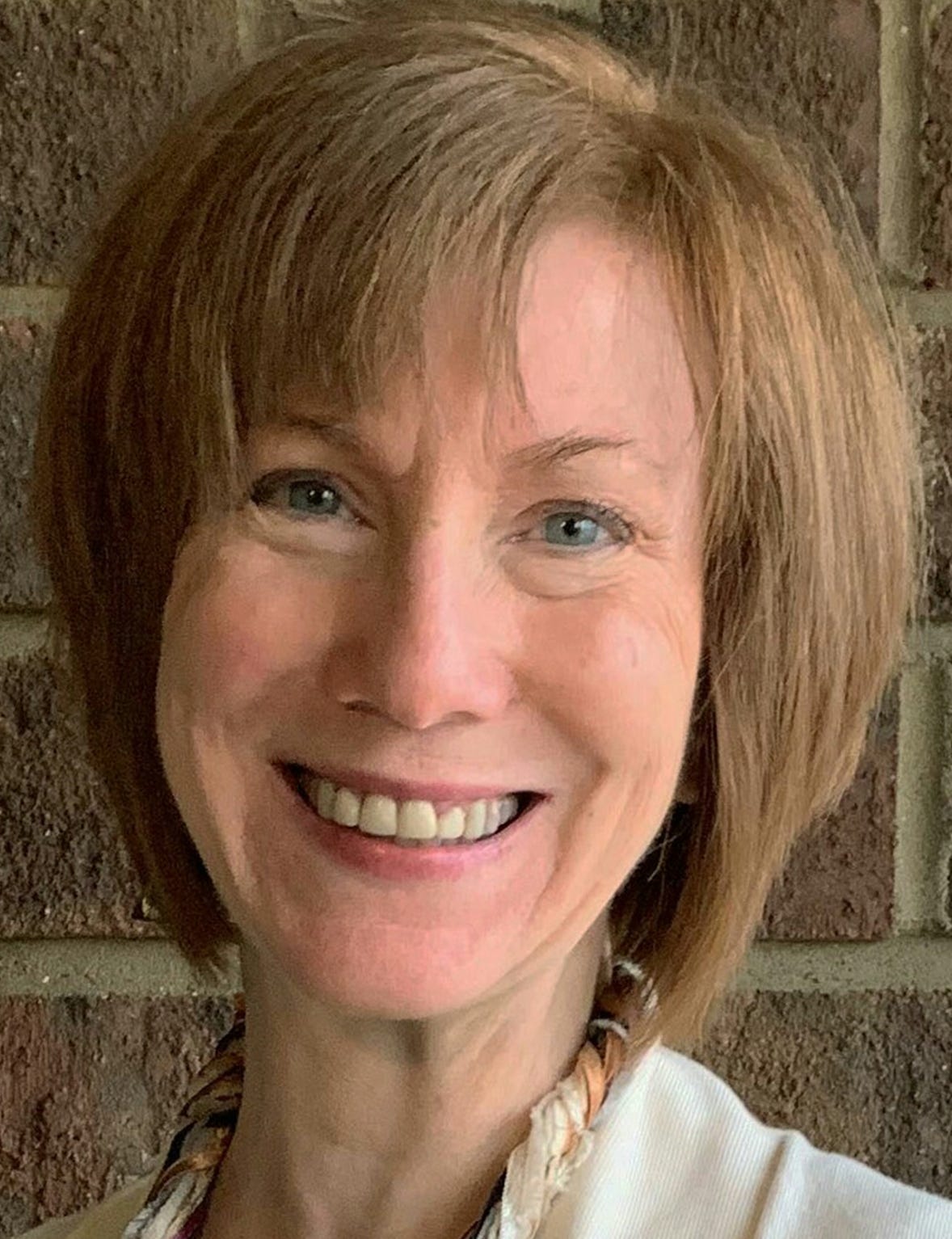
The United States has a widening wealth gap. From 1989 to 2016, the gap between the richest and poorer families more than doubled, according to a 2020 Pew report.
Racial wealth disparities are even more stark. The typical white family has eight times the wealth of the typical Black family and five times the wealth of the typical Hispanic family, a recent national report from the Federal Reserve found.
Although local data on racial wealth gaps is scant, many experts have used homeownership data as a proxy indicator because it is the biggest source of wealth for the majority of Americans. In Milwaukee, the Black homeownership rate is 27% compared with 68.5% for whites — the widest disparity seen in the city since 1970, according to research from Marc Levine of the University of Wisconsin-Milwaukee.
Social scientists wanted to test if children's savings accounts could make a difference. But they knew they could not look at those who already had an account, because those families tend to be affluent or have other socioeconomic advantages.
Clancy and her team designed a randomized-control study, the gold standard in scientific research.
They opened accounts for about 1,350 children at birth with a $1,000 seed deposit and compared it to a “control” group of the same size that did not receive automatic accounts.
The team used foundation funding for the deposits and chose Oklahoma as the test site because of its strong partnerships among the necessary agencies.
The state Health Department randomly chose participants using birth records. The tax commission provided data so researchers knew general income levels. Oklahoma's 529 program manager opened accounts for each child.
The group without the automatic enrollment still could open an Oklahoma 529 account for their child, but only 4% did so. Of the group with the automatic enrollment, 18% of parents opened their own 529 account for their child. Parents cannot contribute to the SEED OK accounts for practical reasons.
“Then the state would own their money and it would be co-mingled,” Clancy said. “They wouldn’t get the tax deduction. They wouldn’t be able to withdraw it at will and they wouldn’t be able to select an investment option.”
At the start of the study, researchers surveyed mothers about their expectations for their children. Mothers in both groups thought their children would graduate from college. But by the time their children were 4, those opinions diverged.
The families with the accounts maintained or even increased their expectations of college, while those without had decreased their expectations.
“The mothers said things like, ‘If I would have had this account when I was young, maybe I could have gone to school or maybe I wouldn’t have had children so early,' ” Clancy said.
Another mother said it must be “pretty darn important” for her child to go to school if someone outside her family was putting money aside for it.

Wisconsin has no statewide program, so communities are making their own
The idea of a statewide children's savings program has not gained traction in Wisconsin.
Gov. Tony Evers, a Democrat, included two paragraphs on the subject in his most recent 1,800-plus page budget proposal for 2021-23.
It helps when you start early, so getting to parents early, even as they are new parents, is a critical goal.
Under Evers’ proposal, the Department of Financial Institutions would partner with a philanthropic organization, which would fund and administer the program, not the state. Republican state legislators rejected the idea with little discussion.
It doesn't have to be a partisan issue. Nebraska's Meadowlark Program drew on academic research and other states' examples.
"We wanted to take all of the good ideas that other states were doing and package them all together in a bipartisan way," Nebraska Treasurer John Murante, a Republican, said last year at a conference featuring the program.
"And that resulted in one big package that was introduced by five different state senators of different political persuasions and from different parts of the state."
Until there’s legislation and funding in Wisconsin, Edvest, one of the state's 529 platforms, is trying to raise the profile of the accounts with marketing campaigns in maternity wards.
“It helps when you start early, so getting to parents early, even as they are new parents, is a critical goal,” said Linda Lambert, financial capability officer at the Wisconsin Department of Financial Institutions.
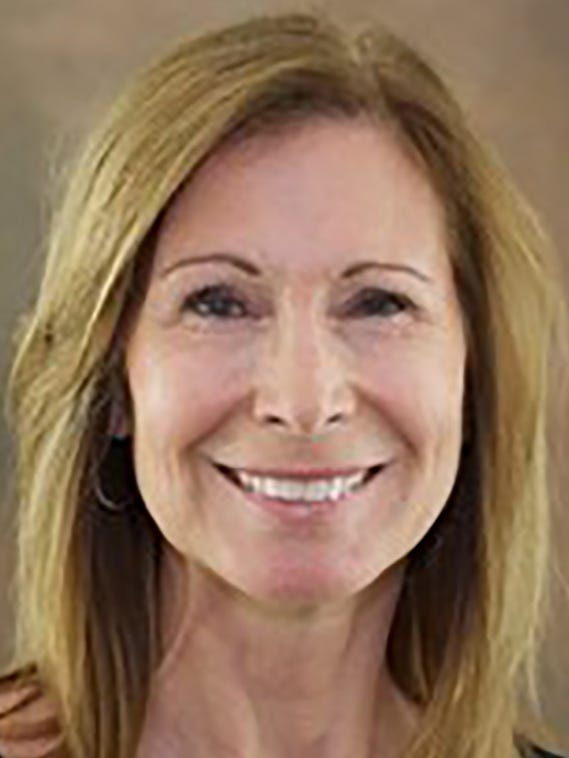
Edvest is a state-run direct-sold plan that can be opened with a $25 deposit. The other 529 plan in Wisconsin is Tomorrow’s Scholar. It is an adviser-sold plan, which means it is accessed through a financial planner, and requires a $250 initial deposit.
Edvest has been a crucial partner in Fund My Future Milwaukee, a city program with the goal of opening an account for every 5-year-old kindergarten student, both public and private. The United Way of Greater Milwaukee and Waukesha Counties is the fiscal partner and has raised more than $500,000 since the program launched in 2018.
The more kids we can help, the better. ...We can see growth in the future, and that’s the goal.
But progress has been slow. The city reported 330 children from 17 schools had accounts at the start of the 2020-21 school year. Those children were among 750 students who took part in financial literacy classes through the program.
Although more students have gotten accounts in the past year, the number is still a fraction of the initial goal to get all kindergarteners — about 26,400 — signed up by the end of the 2020-21 academic year.
While programs in other states automatically create accounts, the city does not automatically get students' enrollment information. Instead, schools must be willing and active partners with the city and help get parents to sign consent forms.
“The more kids we can help, the better,” said Ashleigh Edgerson, who manages Fund My Future. “The seed is $25, but we can see growth in the future, and that’s the goal.”

Rural Wisconsin sees potential in universal program to attract young families
Chelsea Wunnicke is watching Milwaukee’s program with interest from rural Wisconsin.
She works for the University of Wisconsin-Extension Office in Richland County in the southwestern part of the state.
She believes a similar program there could accomplish two things: boost the share of high school graduates planning to continue their education (about 63%) and draw those college graduates back to the area when they want to start families.
“That’s a big interest in the rural areas with the workforce shortage,” she said. “How do you make your community attractive to young families?”
Richland County saw its population drop by 4% in the recent census — the largest decline of any county in the state — and about 24% of its 17,304 residents are 65 or older. In Dane and Milwaukee counties, only about 14% of the population is that age.
Richland’s small size could be an advantage in setting up a community-based program. Wunnicke is confident she could find a funder for the seed money. She thinks the extension office and local partners could help with outreach to educate families about the accounts and benefits. But the biggest hurdle is administration and coordination.
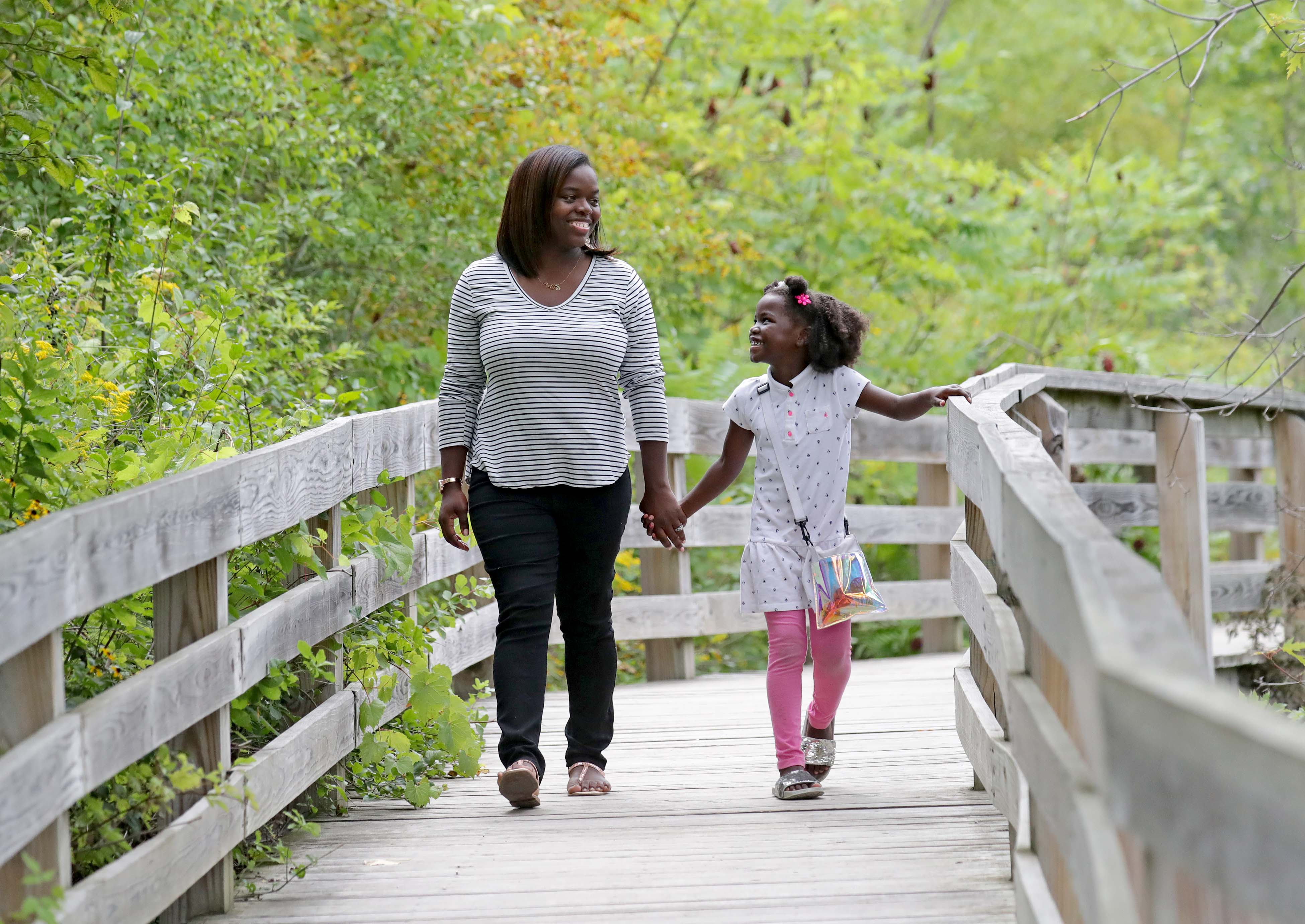
“Who is that middle man who takes the $50,000 from the funder and opens the accounts and maintains them for 18 years? That’s a long time and that’s only for your first cohort,” she said. “You need fiscal capacity as well as staying power and trustworthiness.”
In Oklahoma, the SEED OK experiment relied on the partnership of several state agencies to get up and running, and was coordinated through the state treasurer’s office with help from the Washington University research team.
EDITORIAL: Invest in Wisconsin's kids. Open college savings accounts for every child.
Now, the program essentially runs itself. Despite the existing framework and promising results, Oklahoma lawmakers have not pursued a statewide program.
But the experiment has made a difference in individual lives. Dedmon, the mom who remembered the woman at her hospital bed all those years ago, is thankful for the account.
Her son, Braylon started his freshman year of high school this fall. He’s a talented artist who wants to pursue a career in the field. He already has experience designing logos and sketching custom portraits. His mom knows his interests might change, but his path forward is clear.
“He’s going to college,” she said.
What experts recommend for a statewide program
The SEED for Oklahoma Kids experiment is still ongoing but researchers have issued recommendations for policymakers based on their results so far.
They say any child development/savings account program should have these 10 features:
- Universal enrollment, meaning all children in the state are eligible regardless of income or geographic location.
- Automatic enrollment to ensure participation. In Maine, a foundation-funded state program offered a $500 deposit if families opened an account, but participation was never greater than 50% of eligible families. Once the program switched to automatic enrollment, participation was nearly 100%. Parents still have the choice to opt-out.
- Seed deposits to help the accounts grow to a meaningful amount even if a family cannot save.
- An at-birth start to give time for an investment to grow. That also makes sense because state birth records are a centralized source of information on all newborns.
- Automatic progressive subsidies, or extra deposits, to funnel more funds to the children most in need.
- Centralized savings plan so all accounts are on the same financial platform. Researchers have identified states’ existing 529 plans as a good option because of efficiency, consistency and sustainability.
- Investment growth potential, so the money can grow with the market. In Oklahoma, the initial $1,000 deposits have nearly doubled since 2007.
- Targeted investment options. In 529 plans, these targets can be based on a child’s age and estimated enrollment date in college. The account takes on riskier investments early and then makes more conservative investments as it draws closer to enrollment time.
- Restricted withdrawals so the accounts can only be used for education.
- Policies that specify the amount of money in the account should not exclude families for public benefits that they qualify for based on income.
Source: Washington University in St. Louis
Contact Ashley Luthern at ashley.luthern@jrn.com. Follow her on Twitter at @aluthern.
.jpg)